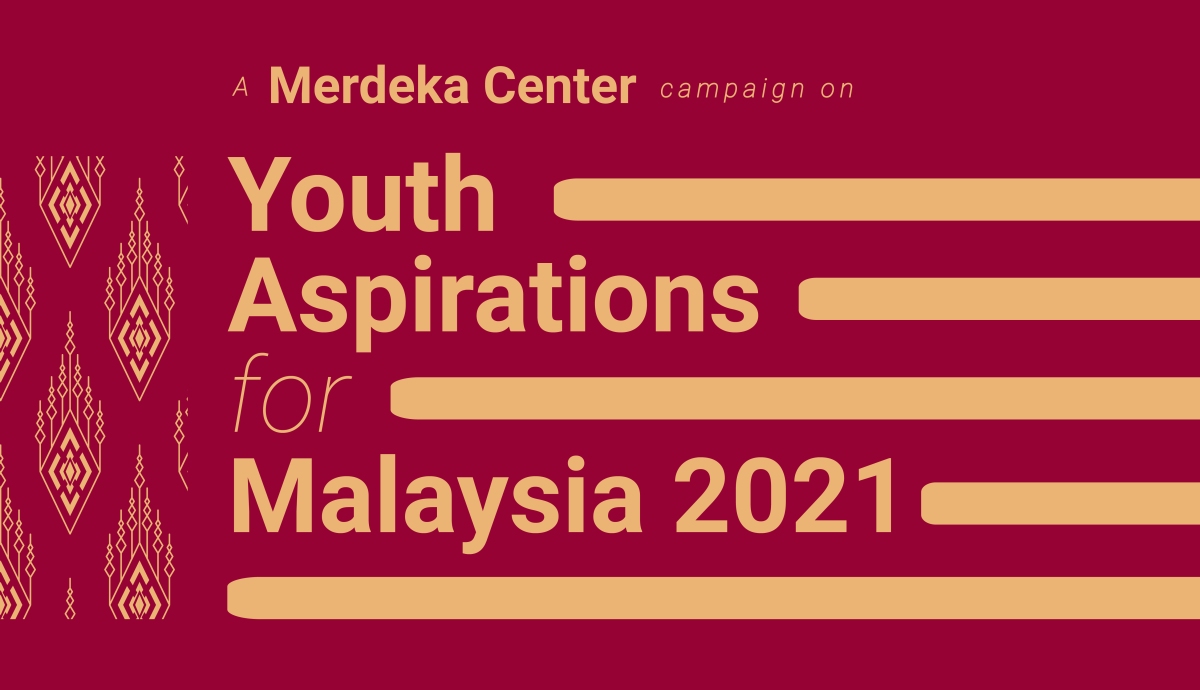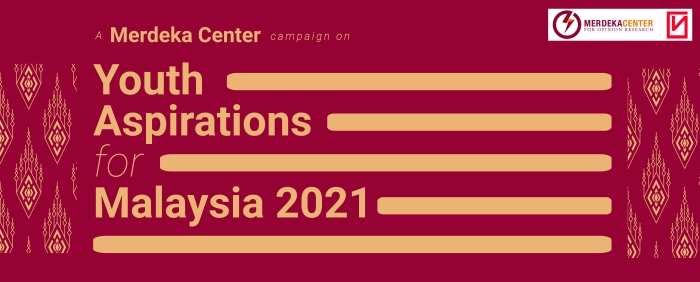The time has come for us to review, and possibly revamp, how we look at social structures, particularly in comprehending the needs and goals of each generation.
Bringing together Malaysians as one goes beyond racial and religious lines, as the younger groups including Gen Y and millennials felt compelled to contribute towards nation-building, yet often sidelined by experienced seniors.
Optimising the potential of our society is the main way forward, as we seek independence from consumer-driven culture and progress onto innovation-lead mindset. This continuous process requires the ardent participation of stakeholders with minimal preference and bias for selected individuals.
‘OK Boomer’ has been the infamous trending phrase, and it paints a significantly accurate picture of the younger generation’s dissatisfaction with the global state of affairs, and Malaysia is certainly not an exception.
From a general standpoint, the national wealth is seen to be accumulated among the entitled few, and the distribution does not favour the younger generation. This situation is apparent in the income levels with the overall stagnance in the past 20 years.
In the employment sector, most employers tend to prefer the seniors for higher positions as similar personalities prevail – adversely impacting innovation, quality and productivity in our quest to become a truly modern economy.
Beyond political and employment avenues, we should explore alternative routes to drive down differences and promote intergenerational equity as well as harmony.
How often do we see seniors and elders happily mingling with the youngsters and teenagers, having informal exchanges on trivial issues?
Instead the future leaders of our society are often labelled, scrutinised and undermined by the more experienced counterparts.
On the flip side, the barriers and perceived disparity are treated with discomfort by the youths who could not pinpoint common interests and similarities with the older adults, despite possessing comparable socioeconomic necessities.
While social media channels have been touted as a ‘community saver’ in the way the platforms have connected the masses, a dynamic physical shift is still the most effective way forward.
The eastern values of respect, tolerance and adherence to elders are relevant, but the related internalisation of those values must come naturally and not forced as what we are seeing nowadays.
Community-based, cause-driven initiatives could be the best measures to resolve any cross-generational tensions. Within this framework, priority shall be given to pressing issues with an emphasis on specific target groups outside the basic age demographic.
Cross-cutting ideas and discussions encompassing representatives from diverse age groups may lead to a paradigm shift, with seniority being treated as a secondary factor.
Technology emerges as a key cog in any nation-building exercise, and it can also be utilised to spur socioeconomic development and transcend societal loopholes.
Life-long learning and innovation-based concepts – among the major components disseminated to the younger generation – should be applied by the seniors as well. The creation of a vibrant, cooperative ecosystem that includes multiple stakeholders provides a sustainable environment for growth and additional room for interaction between groups.
At the same time, the interests of the elder groups must be supported as well to be preserved in the long run. Getting youths and teenagers to be fascinated in craftsmanship and heritage, for instance, could be integrated into community-oriented programs and subsequently developed into long-running projects via close collaboration among community members.
At a time where intergenerational similarities lie in smartphone brands and political attitudes, Malaysia needs to devise a new approach or upgrade available mechanisms to ensure the sense of national identity can cut across backgrounds and ages, for the betterment of the country.
With greater access to healthcare and longer life expectancy rates, plus the fact that families are resorting to smaller household sizes due to increased costs, the societal distribution of Malaysians may be skewed towards the elderly group within the next 20 to 30 years.
Numerous visions, policies and strategic plans have been initiated by the Malaysian government, past and present, to reinvigorate the public ownership towards the nation. Yet the short-term successes are mostly overshadowed by long-term structural misdirection – leading to youth-led displeasure at present.
We can blame the political leadership and failed policies for any shortcomings, but it is unfair to let the entities shoulder all responsibilities if we ourselves do not play our role as committed and patriotic Malaysians.
Ultimately, it comes down to our ability to connect with one another, across generations, to boost socioeconomic stability and livelihood. Eventually it shall help to pave the way for the development of the next wave of leaders – hopefully those devoid of paranoia and full of optimism in championing the Malaysian dream.
Fadhil Rahman is Senior Research Officer at Merdeka Center for Opinion Research. This essay is part of the writing campaign Aspirasi Malaysia 2021 by Merdeka Center and Naratif Malaysia to encourage young people to share their ideas and hopes for the future of Malaysia towards producing a more harmonious, developed and prosperous society.

